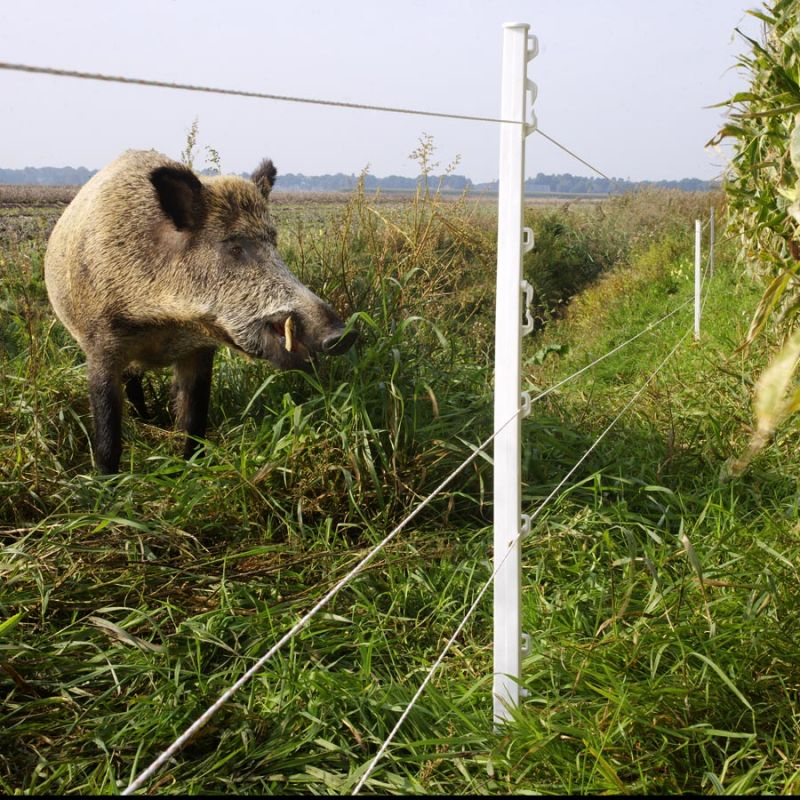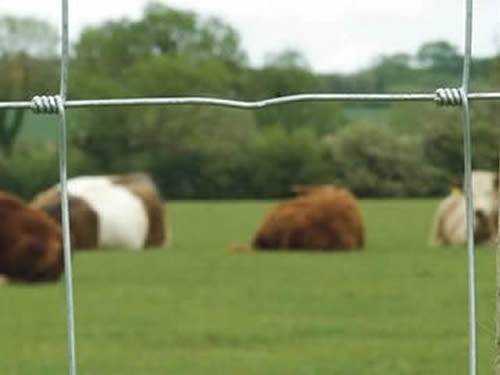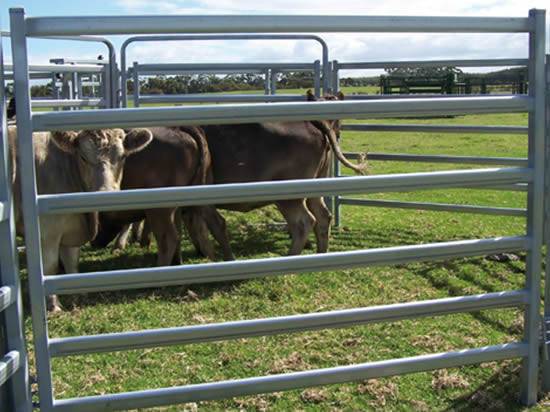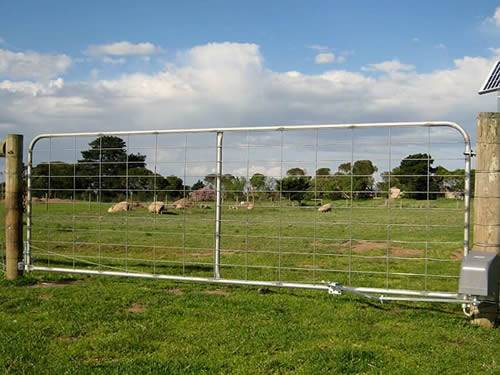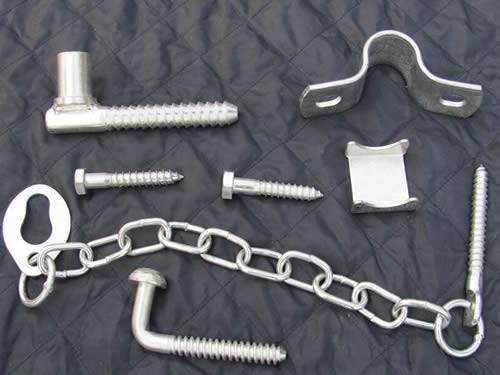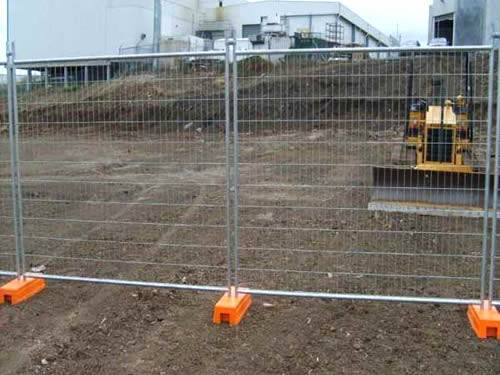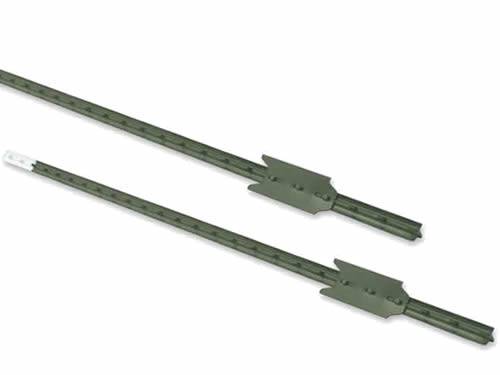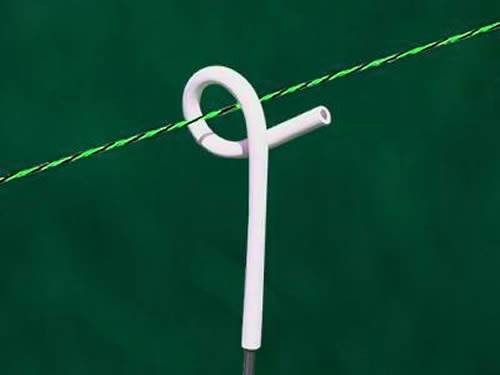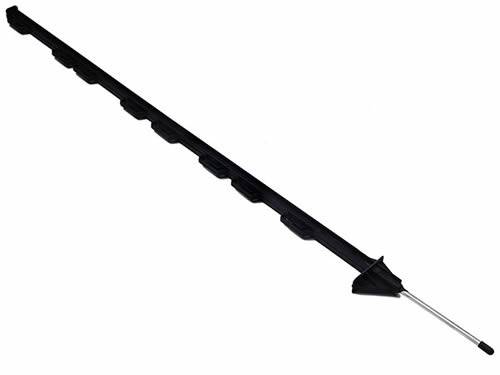Technology
"Our mission is to provide customers with a professionally constructed farm fencing."– Hebei Jinshi Industrial Metal Co, Ltd.
Home > Technology > Text an electric fence:a troubleshooting guide
Text an electric fence:a troubleshooting guide
How to text an electric fence:a troubleshooting guide
While electric fences are an excellent tool to keep your livestock on pasture, there’s nothing more frustrating than when it’s not working correctly. This post will walk you through how to test an electric fence and how to troubleshoot grounding and conductivity issues when your electric fence is not working.
First, let’s cover the common issues with electric fence and safety precautions that need to be taken into account before moving into how to troubleshoot issues.
COMMON ISSUES: ELECTRIC FENCE NOT WORKING
Understanding common issues with electric fence will help you troubleshoot and address problems promptly. Here are some of the most common problems you may encounter with electric fences:
Loss of power: This may be due to a faulty power source, blown fuse or tripped breaker, or a faulty energizer.
Ground faults: This could be due to poor grounding with the ground rods, insulator issues, or hot wire connection with vegetation or brush.
Wire issues: This may be due to loose or broken wires caused by animals, fallen trees, or other factors.
Vegetation interference: Tall grass, vines, branches, or overgrown shrubs or brushes that come into contact with the hot fence wire can drain power and reduce its effectiveness.
Animal interference: Wildlife moving through your pastures can cause fencing issues. Even your own livestock can cause issues as well.
By being aware of these common issues, you’ll be better equipped to troubleshoot and resolve problems with your electric fence. Regular maintenance, inspections, and prompt repairs will help ensure the fence’s reliability and the safety of your livestock.
SAFETY PRECAUTIONS WHILE ELECTRIC FENCE TROUBLESHOOTING
Disconnect power before starting any troubleshooting procedures, and disconnect the power source to the electric fence. This step ensures your safety by eliminating the risk of electric shock while working on the system. Note, if you are using a fault finder or checking the power source, the power will be needed to be on in this step. Take extra precautions when working with the power source and working around the electrified wire.
If you’re working near a live fence, always be aware of the hot wire and where your body is at.
Always treat electric fence as if it is electrified. Make sure any children and visitors on your farm are aware of electric fence and are advised to not touch it.
If you’re unsure of how to troubleshoot your electric fence or energizer, take time to review any installation, use, and maintenance instructions from your fence and energizer manufacturer. Many manufacturers are also willing to help their customers troubleshoot their issues as well.
HOW TO TEST ELECTRIC FENCE: A SIX-STEP GUIDE
1、Check the power source. Make sure the power source for your energizer, whether it’s a battery or an electrical outlet, is properly connected and functioning. Look for any loose or damaged wires, connectors, or corrosion. If you’re using a deep cycle battery, make sure it is charged or replace it if necessary.
If using an electrical outlet, confirm that it is supplying power, check if a GFI outlet needs to be reset, or if a fuse or breaker blew. If the power source is functioning correctly but the energizer isn’t delivering power to your fence, it may be faulty and require repair or replacement.
2、Check the grounding system, which is crucial for the electric fence to work properly. Check the ground rods and their connections for any damage or corrosion. Ensure that the ground rods are deeply installed into the ground. They should have good contact with the earth to facilitate proper grounding. If your weather has been very dry, pouring water around the grounding rods can help increase the conductivity of the rods to the soil.
3、Use a volt meter designed to test an electric fence. While the fence is energized (powered on), place the voltmeter probe directly on the hot fence wires. The voltmeter will display the voltage readings and depending on the brand of the voltmeter, also show an arrow indicating where the fault (or grounding issue) may be located.
Depending on the size of your fence and pastures, you may need to test the electric fence in different locations. Repeat this process at multiple points along the fence, including corners, gates, and areas where you suspect voltage issues. Compare the voltage readings obtained to determine if they are within the expected range.
4、If you’re still having trouble detecting the issue. You can also try disconnecting any additional fences connected to your main fence to help narrow down where the issue exists. Then, test the electric fence again.
A well-functioning electric fence should typically deliver a minimum voltage of 4,000 to 5,000 volts. For goats, 7,000 volts is even better. Never let it drop below 2,000 k volts. Amps should be low (0-1).
If voltage readings consistently fall below this range or vary significantly, it indicates a potential problem that needs to be addressed, which is outlined in the following steps.
Inspect the fence line for grounding faults and insulator issues. Look along the entire fence line for any signs of breaks or damage. Make sure the hot wire isn’t touching fence posts, woven wire, or anything else. If you find loose wire connections, tighten them using appropriate tools or connectors.
If you’re using poly wire look for cuts or worn areas in the line. Repair any broken lies by splicing or replacing them with connectors or crimps (affiliate link).
Next, carefully examine the insulators along the fence line for any cracks, breaks, or signs of wear. Damaged or deteriorated insulators can compromise the insulation of the wires, leading to reduced fence performance. Also, check to see if insulators are missing.
Replace any damaged insulators with new ones that are compatible with your fence system. Ensure proper installation and secure attachment to the fence posts.
If any electrified wire is run underground, sometimes there can be grounding issues if the ground freezes in the winter, rocks can shift during spring thaws and cut insulated wires underground. Sometimes rodents may chew on these wires underground and cause issues.
5、Inspect the fence line for vegetation issues. Assessing for these issues can also be done at the same time as inspecting the fence line for grounding and insulator issues, in step 4.
Any vegetation, including tall grass and weeds, as well as tree branches touching or very near the hot wire of your fence will cause grounding issues. Trim back tree branches and mow along fence lines where tall grass is an issue. Also look for any debris on the ground, such as tree branches, roots, rocks or even uneven soil.
When using portable electric fencing, including poly wire or electronic, mow paths with a lawnmower, brush hog or weed whacker. Or, you can beat down a path with the wheels of a four-wheeler, UTV or tractor works well. This will help prevent unnecessary grounding issues, especially with fences used with goats and sheep.
6、Look for signs of animal interference. A strong electric fence, combined with proper fence training, should keep your goats, or other livestock inside the fence. However, issues can still arise.
Fencing training new animals to your farm, including young stock, such as goat kids and lambs, will help the livestock learn to respect the electric fence. This means they’ll not only stay in the fence, but also not cause grounding issues by damaging the fence if they get caught in it while trying to get out.
Additionally, always make sure your livestock have enough to eat inside the pasture that’s fenced in. If animals don’t have enough to eat they will try to find a way out, meaning they may end up going over or through the fence to get food. This will typically also result in fence damage, such as hot wires coming off insulators, extra polywire being pulled out, or portable fences being knocked over, ultimately causing grounding and conductivity issues for your electric fence.
Knowing the correct stocking rates (animals per acre) for your goat herd also helps with this issue so you can set up paddocks with electric fence to be rightsized to your herd for rotational grazing practices.
There are many things you can do on a regular basis that will help minimize problems with your electric fence not working or needing to troubleshoot issues with your fence. Here are a few tips to help:
1、Do regular maintenance of your pasture fence line. While you’re checking your goats, also pay attention to your fence to address issues right away.
2、Regularly trim and clear vegetation around the fence line.
3、Keep fence wires tight and properly tensioned
4、When installing insulated underground wires under gates or connecting pastures, consider running the wire through electrical conduit or PVC pipe to prevent damage from rodents chewing or spring frost thaw shifting rocks which can cut the wire.
5、Extreme weather conditions, such as heavy rain, snow, or extreme temperatures such as high heat with little rainfall, can affect the performance of an electric fence system. During these times use additional grounding to compensate for any energy loss. In dry and arid times, pouring water on the ground around the grounding rods can help maintain the connection between the grounding rods and the soil.
6、Fence train your goats and other livestock to respect the electric fence
7、Make sure your livestock have enough to eat in their pasture
8、Make sure your energizer is right-sized for your fencing system and species of livestock

.jpg)
